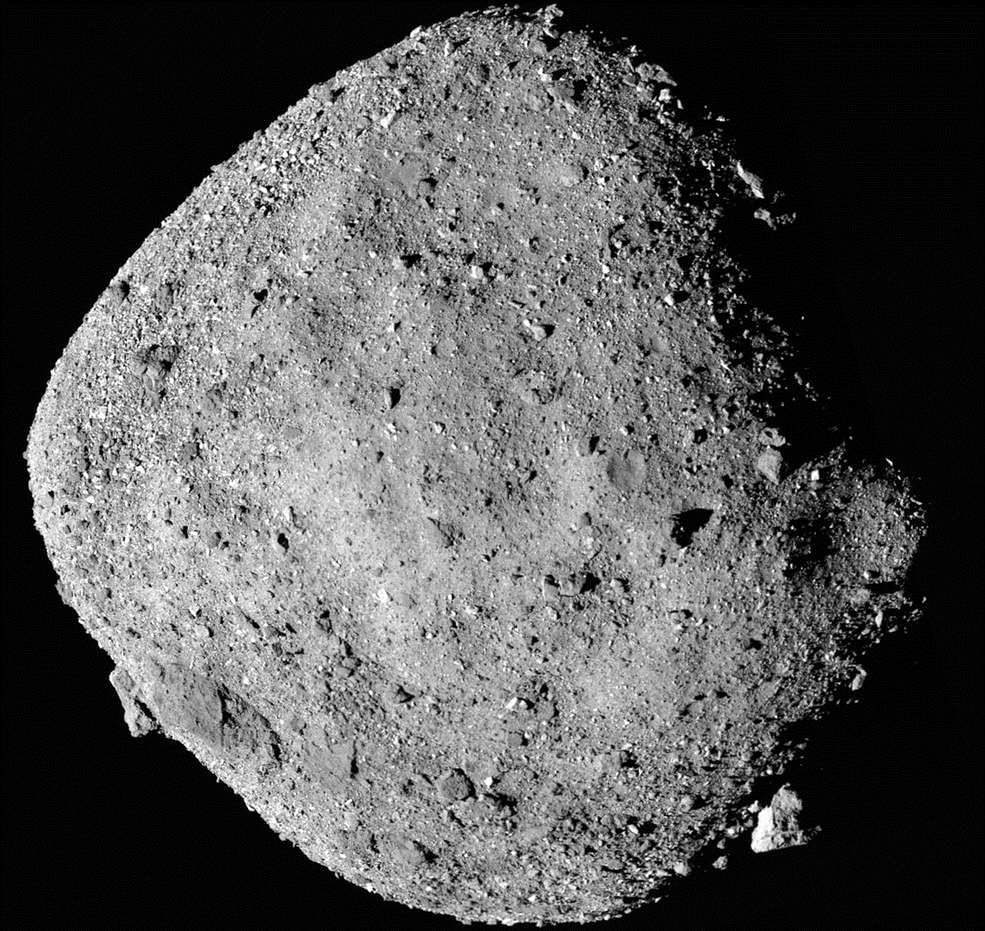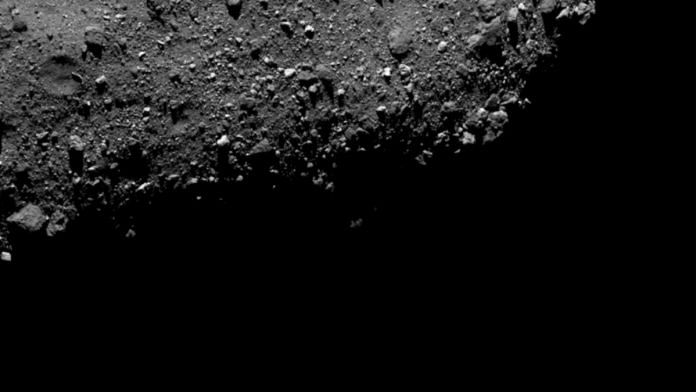The finding made by NASA spacecraft OSIRIS-REx is particularly noteworthy because we are yet to figure out how water came to be on Earth.
Bengaluru: NASA has discovered signs that Bennu, a skyscraper-sized asteroid located near Earth, once held water, the space agency has announced.
It was just last week that a NASA explorer, OSIRIS-REx, came close to the asteroid as part of a mission to study it and bring back samples to Earth in 2023.
According to NASA, the spectrometer onboard the spacecraft noticed hydroxyls on the surface of the asteroid nearly a month ago, but the announcement was held back till the discovery could be confirmed.
These hydrogen-oxygen bonded atoms (OH) are locked in clay on the asteroid, indicating that, at some point in the past, the soil had made contact with water.
Also read: Here’s what NASA’s new mission InSight will do on Mars
The source?
Bennu is a very small body, which means its gravity is simply not strong enough to hold on to an atmosphere that can maintain liquid water on the surface.
However, Bennu is thought to have broken off from a bigger asteroid, which could potentially have held water in its liquid form.

The presence of water is always great news for science and astronomy, given its centrality to supporting life.
Water helps in the transportation of nutrients and minerals required for sustenance, controls the weather through the water cycle, and is a ‘universal solvent’, which means nearly all substances can dissolve in water.
The Bennu finding is particularly noteworthy because we are yet to figure out how water came to be on Earth. Did the water form here, or on a different body?
One of the popular theories is that when the Earth was bombarded by rocks from the solar system, an asteroid (or several of a group of asteroids) deposited water here.
Bennu has been pretty much completely untouched since its formation during the early days of the solar system. If it proves to be one of the many, many bodies from the early solar system that consistently show the presence of water, the theory could indeed hold water.
Also read: When NASA probe kisses the Sun, a star will spill long-held secrets
A July 2020 landing
“The presence of hydrated minerals across the asteroid confirms that Bennu, a remnant from early in the formation of the solar system, is an excellent specimen for the OSIRIS-REx mission to study the composition of primitive volatiles and organics,” Amy Simon of NASA said in a statement.
The Origins, Spectral Interpretation, Resource Identification, Security, Regolith Explorer aka OSIRIS-REx reached the vicinity of Bennu, which orbits between the Earth and Mars, last week after a two-year journey.
It is scheduled to enter orbit next month and attempt a landing sometime during July 2020. The spacecraft will then collect soil samples and make the journey back to Earth, delivering them to us in 2023.






